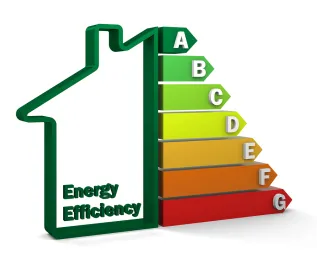A hot new area for the development of energy efficiency storage technology is refrigeration. Last month, this blog covered the recent success of Mintz Levin client Axiom Exergy. Axiom’s focus on lowering the costs of refrigeration through their Refrigeration Battery has caught the attention of major investors such as Shell Investors, and has led to deals with major chains, including Wal-Mart and Whole Foods. The battery, which is described in more detail in the June 12th post, generates and stores excess refrigeration by freezing tanks of salt water during off-peak hours and releasing the refrigeration during peak hours to avoid high peak energy costs. The Refrigeration Battery is especially useful for supermarkets, which dedicate nearly 60% of their energy consumption towards refrigeration, and can help reduce peak energy consumption by up to 40%.
Of course, energy efficiency storage technology holds promise for more than just supermarkets. Ice Energy’s Ice Bear battery creates and stores ice during off-peak hours. It can then use that stored ice during peak hours to cool the building in which it is installed. The battery, which makes air conditioning more efficient in commercial, industrial, and residential buildings, has received significant attention in the efficient energy storage space. In fact, the Southern California Power Public Authority (SCPPA) announced its plan to purchase up to 100 Ice Bear battery units. As a result, Ice Energy could add nearly one Megawatt of energy for residential cooling systems back into the SCPPA network.
In the opposite direction of water-based technologies, lie companies like Ambri and VionX. Ambri uses liquid metals in its batteries, which can each supply one day’s worth of electricity to 30 average Massachusetts homes. The current passing between the electrodes during the charge-discharge cycle generates enough heat to keep the battery at temperature. Because the battery operates at an elevated temperature, which is maintained through the normal cycle of the battery, the battery does not require a cooling system, resulting in low-cost and efficient storage technology. VionX, another Mintz Levin client, developed a Vanadium Redox Flow Battery. Their battery does not suffer from degradation through the charge-discharge cycle like traditional lithium ion batteries do. This unique design allows the battery to run through its cycle indefinitely. As a result, VionX batteries increase their storage efficiency over the course of their life cycle, and they pass this benefit on to clients in the form of reliability and cost effectiveness.
This explosion in innovation demonstrates the potential for energy efficiency storage technology to expand into different areas. One opportunity for such expansion is the electric grid. Advances in battery technology have the potential to significantly impact the grid’s storage capacity. Scaling energy efficiency storage technology to meet the demands of the United States’ electric grid would pave the way for connecting more clean energy sources to the grid. Efficient batteries with high storage capacities allow energy from clean sources–which often fluctuate seasonally and hourly in level of output–to be stored during times of high output. This increased storage capacity would provide the missing link between clean energy sources and energy output from the grid. The energy stored from clean energy sources during peak hours of energy output would be able to provide those connected to the grid with constant energy during times of low-production with advances in efficient storage technology.
Investors have taken notice of these opportunities for innovation. Ambri has secured a combined $50 million from Bill Gates and other investors, while VionX recently raised $26 million in financing to add to the $79 million in venture capital financing that it had already raised. Ice Energy entered into a long-term agreement in June 2018 for $40 million in funding after securing series C funding in 2010. Mercom Capital Group found that venture capital funding for battery storage, smart grid, and efficiency companies was 12 percent higher in the first half of 2018 than in the first half of 2017, rising from $480 million to $539 million. The recent increase in innovation and investment may indicate that there are new opportunities in store for efficient storage technologies and cleantech as a whole.




 />i
/>i


